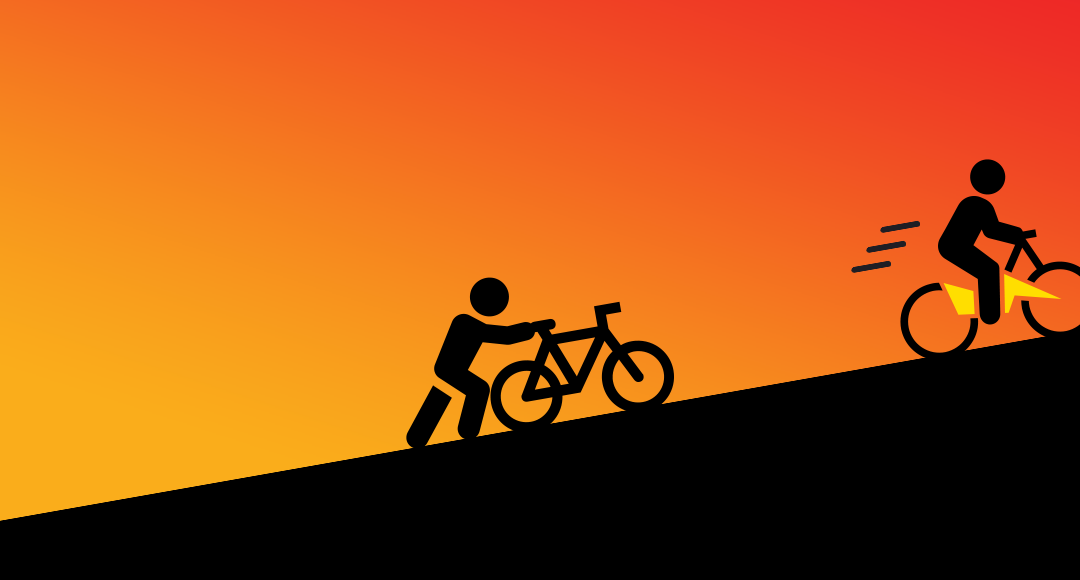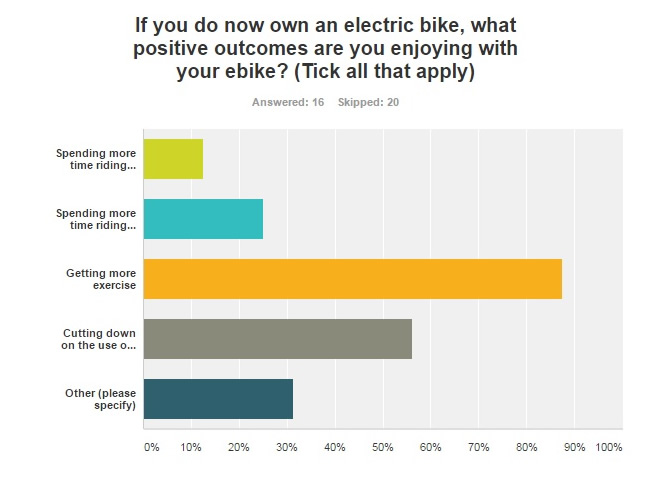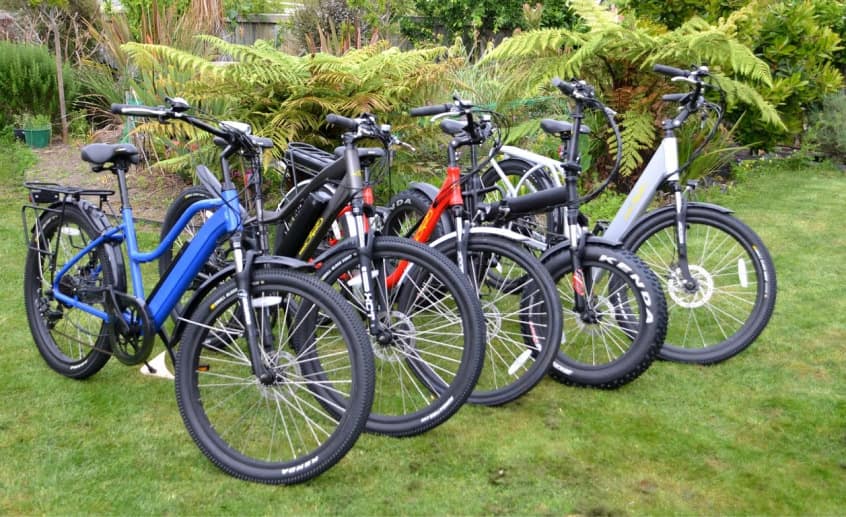The performance of an e-bike is determined by several factors, including:
- The rider is using leg power.
- The rider’s ability to use the mechanical gears correctly.
- The torque (turning force) of the motor.
- The motor can deliver the peak watts on demanding hills.
The Leg Power of the Rider
Most professional cyclists produce about 200 to 300 watts on average during a four-hour tour stage. On the other hand, the recreational rider might only be able to sustain this wattage during a 45-minute or hour-long ride. However, considering that most e-bike motors are 250-300 watts, it’s easy to see the importance of leg energy when it comes to electric bike performance. Add 200 watts of leg energy to 250 watts of motor, and you get 450 watts!
The Rider’s Ability to Use the Mechanical Gears Correctly
Many e-bike newbies have not been on a bike in 20 or 30 years and have forgotten how to use the mechanical gears – if their bike from back in the day even had them! What they tend to do, then, is leave the mechanical gears in about 5th gear and just use the pedal assist button to boost or reduce the motor power.
This approach will not only affect performance but will also dramatically impact the bike’s range. In other words, using the mechanical gears correctly greatly impacts how far you can ride on a single battery charge. So, how do you use the mechanical gears correctly? Here are some basics:
- When approaching a hill, shift down into a lower mechanical gear before the pedalling gets difficult.
- When approaching a stop, shift down into a lower mechanical gear so that when you’re ready to get moving again, it will be easier to start pedalling.
The Torque (Turning Force) of the Electric Bike Motor
Different motors vary widely in the turning force they produce. Some motors produce 40 newton-metres of turning force, while others produce 80+ newton-metres of turning force. The more turning force the motor delivers, the less turning force your legs need to deliver – an important consideration, especially for baby boomers with old legs! MeloYelo’s range of mid-drive e-bikes has Bafang motors that produce 80 newton-metres of torque.
The Peak Watts the Motor can Deliver in Short Bursts.
The most common e-bike motor sizes are 250 watts or 350 watts. Some 350-watt motors are limited to 300 watts to comply with NZ regulations. The 250 or 350 represents the continuous wattage the motor can deliver, so it can sustain that level of output for a long time.
However, there is another measure of wattage known as peak watts. Peak watts are measured by multiplying the bike’s voltage (most are 36 volts) by the number of amps in the controller. Some controllers are 15 amps, some are 18 amps, and some are 22 amps.
A 36-volt bike with a 15-amp controller can output 540 peak watts (36 x 15). A 36-volt bike with a 22-amp controller can output 792 peak watts—47% more peak watts than the 15-amp controller. This only matters in steeper hill-climbing situations where you need a burst of peak power for a short amount of time.
MeloYelo models that offer 792 peak watts of power include:
Conclusion
Forgetting about the rider – the power in their legs and their ability to use the mechanical gears correctly – the key things that influence e-bike performance are the torque of the motor and the amperage rating of the motor controller.
If you’re an older rider who plans on tackling steeper and more challenging terrain on your electric bike, look for a motor that will produce 80 newton-metres of torque (or more). Be sure to check how many amps the motor controller produces (the more amps, the better).






